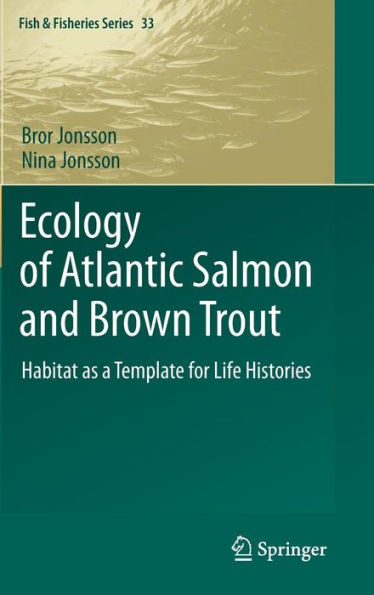5
1
9789400711884


Ecology of Atlantic Salmon and Brown Trout: Habitat as a template for life histories / Edition 1 available in Hardcover

Ecology of Atlantic Salmon and Brown Trout: Habitat as a template for life histories / Edition 1
- ISBN-10:
- 9400711883
- ISBN-13:
- 9789400711884
- Pub. Date:
- 05/19/2011
- Publisher:
- Springer Netherlands
- ISBN-10:
- 9400711883
- ISBN-13:
- 9789400711884
- Pub. Date:
- 05/19/2011
- Publisher:
- Springer Netherlands
449.99
In Stock

Product Details
| ISBN-13: | 9789400711884 |
|---|---|
| Publisher: | Springer Netherlands |
| Publication date: | 05/19/2011 |
| Series: | Fish & Fisheries Series , #33 |
| Edition description: | 2011 |
| Pages: | 708 |
| Product dimensions: | 6.30(w) x 9.10(h) x 1.70(d) |
From the B&N Reads Blog
